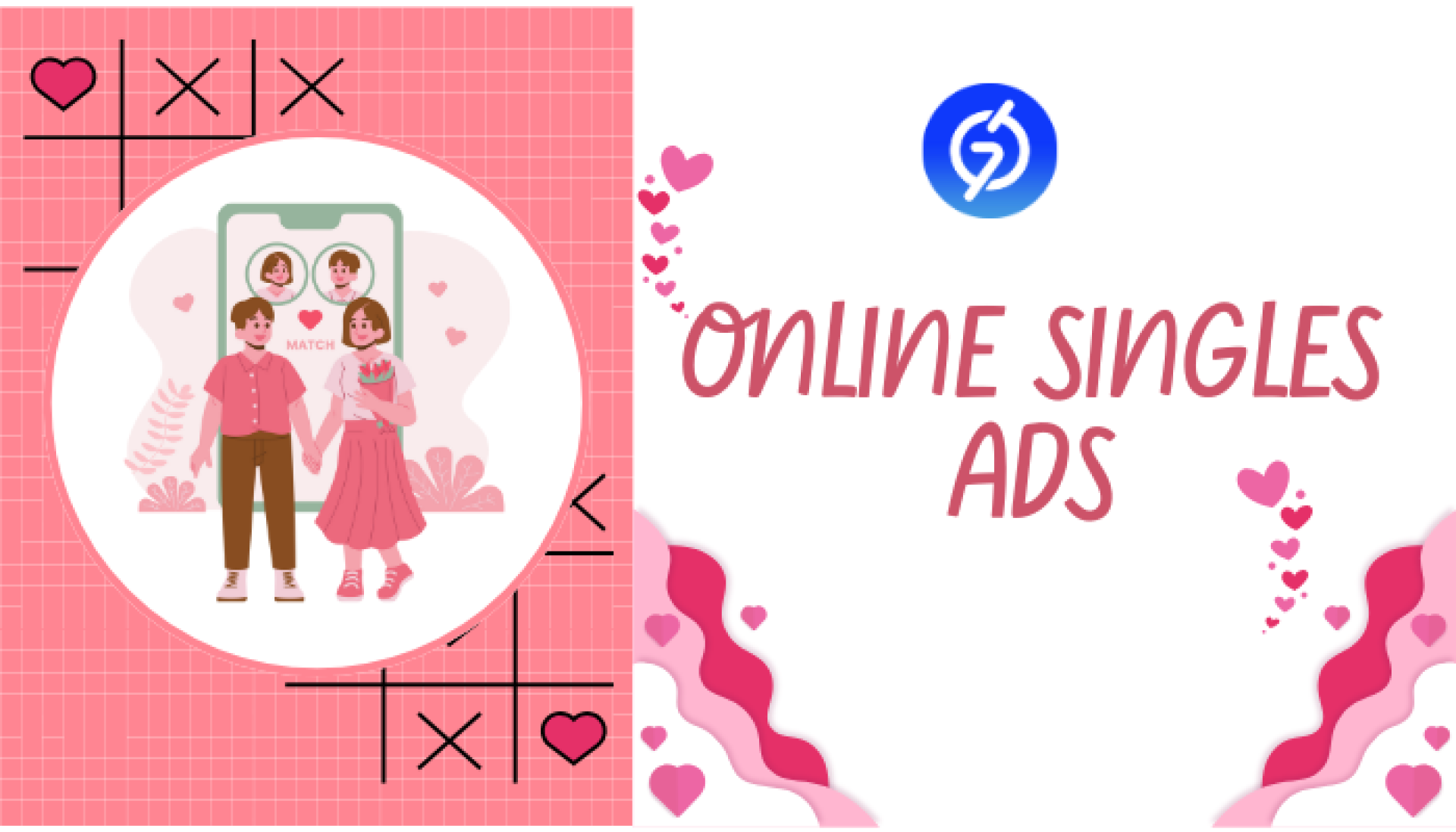Why Singles Advertising Is Different From Other Ad Niches

Why singles advertising stands apart
If you’ve ever scrolled through social media or browsed a website, you’ve likely noticed how ads for dating and relationships feel different from, say, an ad for shoes or a gadget. They aren’t just selling a product — they’re inviting someone to imagine a connection, trust a platform, and take a step toward personal interaction. That’s why online singles ads carry a unique weight in digital marketing. They touch human emotions in ways most other niches simply can’t.
More than just clicks and conversions
In most ad categories, success can be measured by straightforward numbers — a purchase made, a form filled, or a service booked. But when it comes to singles advertising, the results aren’t always immediate or tangible. You’re asking someone to put faith in a platform that promises meaningful interaction. This makes advertisers’ jobs harder:
- Messaging has to be more subtle and empathetic.
- Targeting must go beyond demographics and lean into intent and timing.
- Regulations and restrictions around dating ads can limit reach.
This complexity is why many advertisers struggle to see why their singles ad campaigns don’t perform like their e-commerce or app install ads.
Why singles advertising needs its own playbook
Emotional selling vs. transactional selling
Most ads sell things people can touch, use, or wear. A new phone or a subscription box offers direct value. In contrast, an online singles ad sells possibility — companionship, romance, or even adventure. That makes the copywriting, visuals, and targeting very different from standard product ads.
Tighter policies and regulations
Dating and relationship ads face stricter rules across platforms like Google Ads, Facebook, and niche ad networks. These guardrails exist to protect users from scams, misleading claims, or sensitive targeting. For advertisers, it means walking a fine line between standing out and staying compliant.
Trust as the main currency
Unlike a product, where a discount might convince someone to buy, trust is the currency in singles advertising. A person must believe the platform is safe, genuine, and worth their time. That means ads need to radiate credibility — polished visuals, authentic testimonials, and honest promises.
Why audiences respond differently
From observing how campaigns perform across multiple niches, one thing becomes clear: audiences engaging with singles ads aren’t simply looking to “buy.” They’re testing waters, exploring options, and evaluating whether they feel safe enough to act.
In my experience, even the most eye-catching dating ad won’t work unless it connects with the reader on a personal level. The imagery, the tone, and even the landing page must align with a sense of trustworthiness. That isn’t the case with many other verticals where urgency or scarcity is the main hook.
Using the right networks and tools
Because of the sensitivity of this niche, not every ad network handles singles advertising effectively. Specialized networks built for dating verticals understand the nuances better — offering advertisers the right audience pools, ad placements, and compliance guidance.
This is where testing becomes crucial. Starting small with a controlled budget helps advertisers discover what resonates without wasting spend. If you want to experiment with targeting options and placements tailored for singles, you can always create a test campaign and refine based on early results.
Key differences between singles advertising and other niches
|
Factor |
Regular Ad Niches |
Online Singles Ads |
|
Core Appeal |
Product benefits, savings, convenience |
Emotional connection, trust, safety |
|
User Motivation |
Purchase-driven |
Relationship-seeking, curiosity |
|
Messaging Style |
Informative or persuasive |
Empathetic, conversational, trust-building |
|
Metrics of Success |
Sales, installs, signups |
Engagement, inquiries, profile activations |
|
Restrictions |
Moderate |
Highly regulated, often limited targeting |
Common mistakes advertisers make in singles advertising
- Overpromising results – Users are wary of “guaranteed matches” or “instant love.” Such claims often backfire.
- Using generic creatives – Stock images and vague text don’t create the sense of authenticity singles audiences crave.
- Ignoring compliance – Non-compliant ads risk rejection or bans, slowing down campaign momentum.
- Treating it like any other vertical – Singles advertising requires empathy, patience, and a tailored approach.
Smarter strategies for better singles ads
- Segment your audience: People looking for casual encounters respond differently from those seeking long-term relationships.
- Prioritize quality visuals: Realistic, relatable imagery beats flashy, exaggerated stock photos.
- Test different tones: From playful to serious, tone matters. Test messaging styles to see what clicks with your audience.
- Lean on specialized ad networks: Unlike mainstream platforms, niche networks often provide better click-through rates for singles ads.
For those exploring options, resources like online singles ad networks can provide clarity on where to begin.
Why this niche is worth the effort
Singles advertising may demand more creativity, compliance, and sensitivity, but the rewards are strong. Online dating is a growing market, and advertisers who master the craft can tap into an audience that is both vast and highly engaged. Unlike selling a one-time purchase, connecting people has long-term value — users who trust a platform often stay loyal.
Conclusion: The human side of ads
At its core, the biggest difference between singles advertising and other niches lies in its human factor. You’re not just persuading someone to buy; you’re nudging them to take a step toward something deeply personal. That’s why an online singles ad deserves more thought, empathy, and careful planning than a standard commercial message.
When advertisers respect these nuances, they don’t just sell sign-ups. They build trust, spark conversations, and sometimes even help form connections that last a lifetime.


